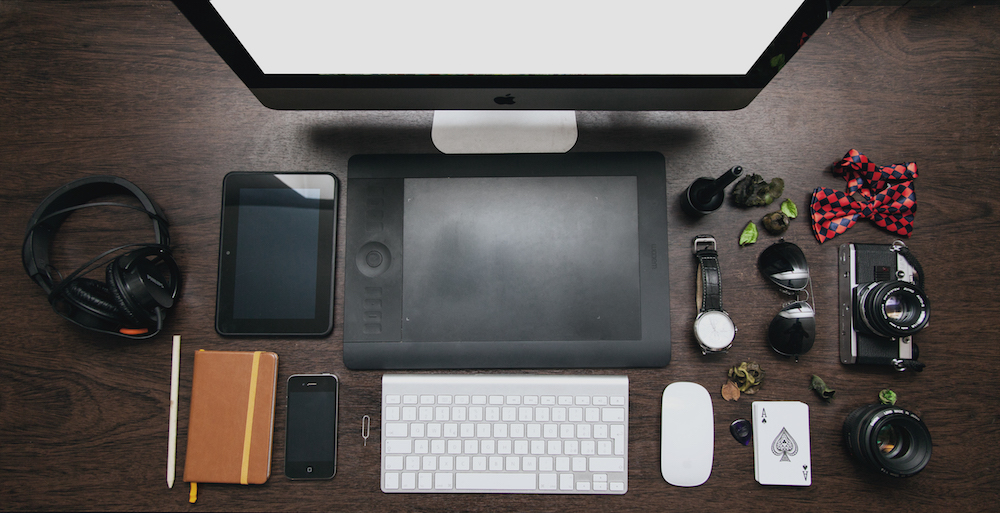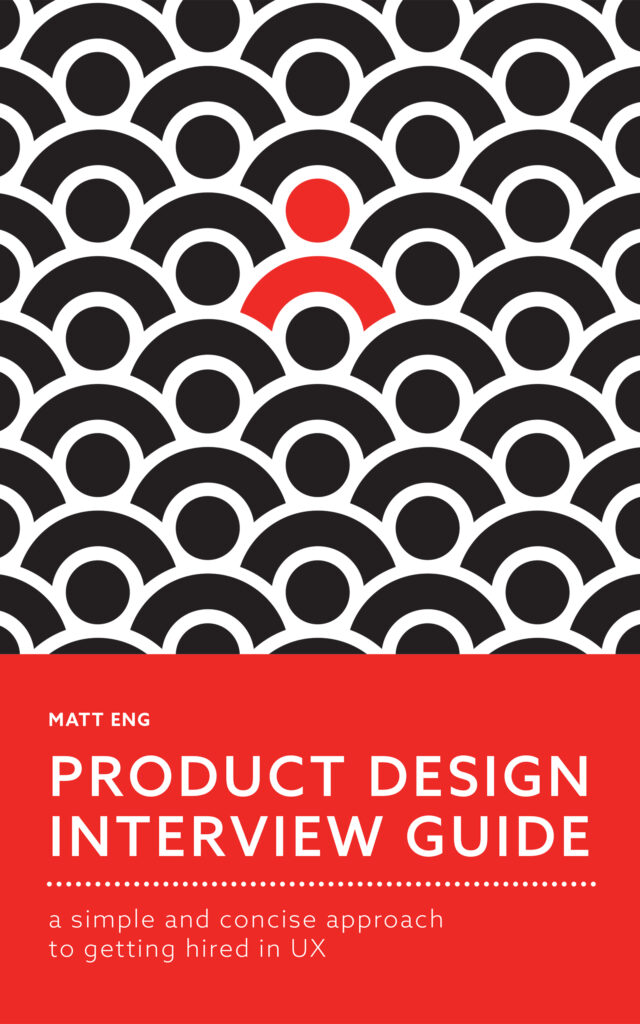You made it. You survived the gauntlet of portfolio reviews, interviews, design challenges, and landed a new design job. Now is the time to really get to work. How should you approach the first 90 days? I have gone through this exciting and nerve wracking experience a number of times. Here are key points to follow for a 90 day plan for your new design job.
First 30 days of your new design job
Learning systems and processes
Keep an open mind for the systems and processes you will uncover. Some of these may seem counter intuitive at first. Remember that they exist within a certain context. Whether or not the team loves or loathes these systems, consider the partnerships and cooperation required before suggesting any change.
Understanding people and context
Spend some time with your immediate team away from the office. A lunch away from the work environment is an opportunity to learn more about the nuances that affect inter and intra team interactions. Where is it working and where does it need help? More importantly, what can you affect?
Linking you and the work
You are there for a reason, and you should quickly have a clear picture of the team’s expectations of you. In the first 30 days, you should also start outlining what skills are a fit for these expectations and which ones you will need to improve. When I moved from a Web and graphic design job to a UX designer at a startup, I realized that I had the ability to finish the look and feel of a product. However, I needed to improve my abilities in defining the problems and interactions.
First 60 days
Building your brand
Lean in and find where you can help. Be cautious about where people draw the line between help and pushiness. Ideally, you are filling a void. You don’t want to intensify competition within the team.
Experimenting with new ideas
In the first 30 days, you discovered systems and processes that may have hindered productivity. At the 60 day mark, you should have the political capital within the team to try new ideas. In my new job at IBM, I quickly picked up on the pain point of sharing files. We have a cloud based filing system, but we don’t have a common naming convention. So, the result was often a back and forth of tracking down the person who last touched the file, asking for files, and sharing links.
Within my squad designers, I asked them to do the following:
- Create a parent folder for the squad
- In the parent folder, order them like this:
- 00 Assets
- 01 UX research
- 02 Interaction
- 03 Visual
- 04 Prototype
- 05 Presentations
- File our work accordingly
- Name files like this: Team-project-type-version-author
- Always update the shared folder…ALWAYS
Establishing a clear feedback loop
Consistent feedback helps keep people aware of what they are doing well and what they need to work on. The added benefit is that clear communication helps raise job satisfaction. Good team leads and managers should make time in their schedule to include one-on-ones with the people on their teams. Don’t wait for them to bring it up. Be proactive and request time. Err on the side of over communication and ask for twice a month at first. When you get more comfortable with the job, then you can reduce it to once a month.
First 90 days
Making the team a priority
You may have had some significant wins showing off what you can do for the team. Yet, you probably have also made mistakes. Keep those novice errors in the back of your mind and move on. To repeat them will chip away at the work you’ve done to build your brand.
Setting long-term goals
Start thinking about your goals for the rest of the year. What are some skill you need to improve on but require more time? Prioritize them and communicate your intentions to your lead or manager during the one-on-ones.
Focusing on personal growth
You landed a new design job. You are in a more comfortable and confident state. The last thing for you to do is to stop learning. Tech and design is continuously changing. I’ve seen plenty of people who don’t make this a priority and discover their skill set is obsolete when the economy or the industry shifts.
Here are some past posts on continuing your UX design education.
During the first days or even the first 90 days of a new design job require you to engage in a more active manner. Yes, you will be “drinking from the fire hose,” but you will also be building meaningful relationships, identifying exactly why you were hired, and showing how well you can contribute.

